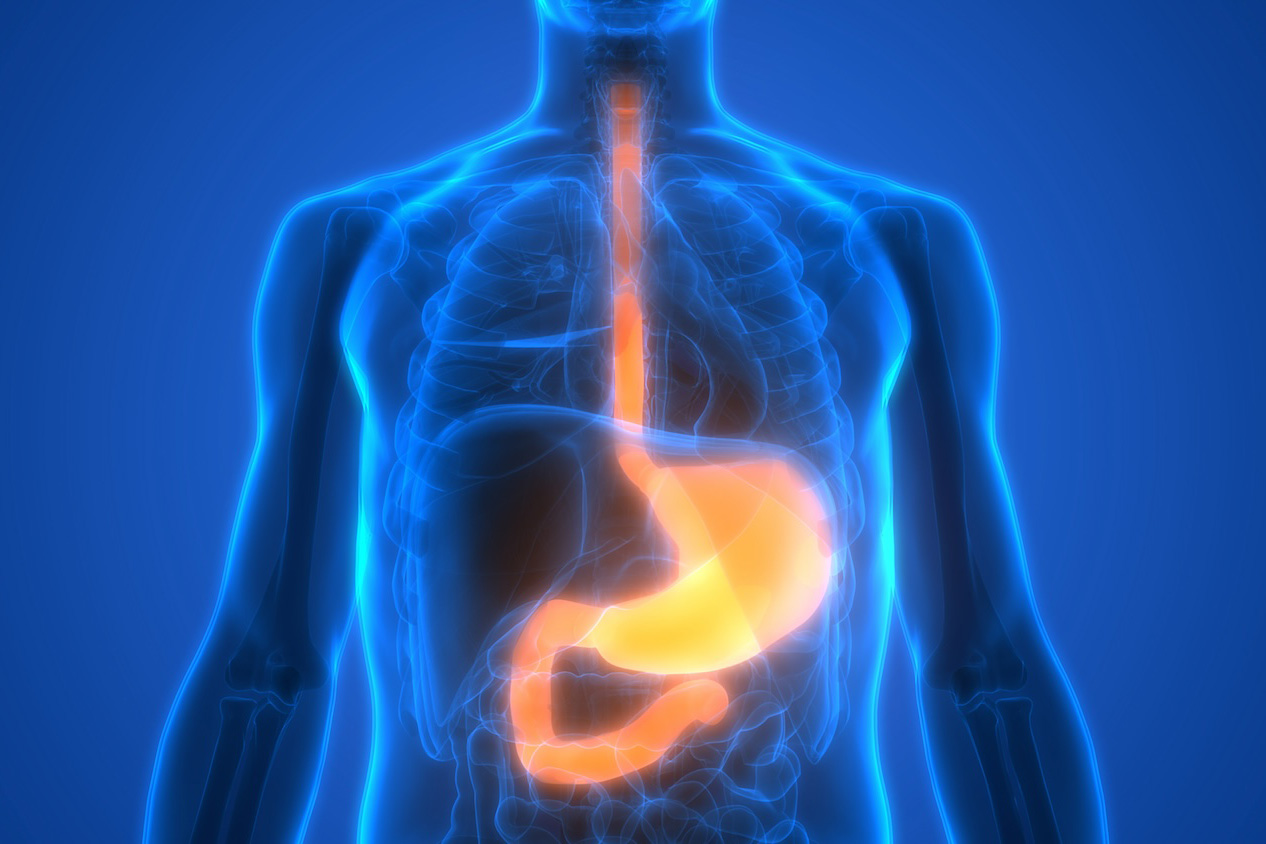
Circulating tumor cells (CTCs) with stem cell features use the adhesive protein ICAM1 to facilitate formation of CTC clusters, which can travel from primary tumors to other organs in the body, according to a Northwestern Medicine study published in Nature Communications.
These CTC clusters are a major source of metastases in breast cancer, so inhibiting tumor cell ICAM1 has the potential to stop tumor cell seeding and block cancer progression, according to Huiping Liu, MD, PhD, associate professor of Pharmacology and senior author of the study.
“An antibody to neutralize the function of ICAM1 could reduce social networking of tumor cells during circulation and migration, and improve outcomes for patients with breast cancer,” said Liu, who is also a professor of Medicine in the Division of Hematology and Oncology and a member of the Robert H. Lurie Comprehensive Cancer Center of Northwestern University.
Compared to cancers with single CTCs, cancers with CTC clusters are associated with decreased survival in breast cancer and are 20 to 100 times more efficient at developing metastases, or additional tumors outside the breast. Breast cancer metastases are present in 90 percent of breast cancer deaths, according to Liu.
“When the disease starts to spread into distant organs, it is almost always incurable,” Liu said.
The seeds of these metastases are multicellular CTC clusters. These clusters, numbering two or three cells, draw strength from numbers while traveling to other organs in the body.
In the current study, Liu and her collaborators used patient-derived cancer cells to study cluster formation, and found they require the protein ICAM1 — not only for the initial clustering but also for moving through blood vessel walls as they travel along the bloodstream.
“They present ICAM1 on the cell surface to recognize each other and ‘hold hands,’” Liu said. “It also helps them penetrate the endothelial layer outside of blood vessels.”
Furthermore, cancer cells that are clustered together act like stem cells, more effectively creating offspring that can eventually form a tumor. Depleting ICAM1 from CTCs reduced migration, inhibited formation of distant tumors and interfered with their ability to get in and out of blood vessels.
In the future, an antibody that binds to ICAM1 and reduces its function could be used in breast cancer patients with high levels of ICAM1 or CTC clusters, slowing metastases and hopefully prolonging survival.
“Using ICAM1 as a biomarker, I think these patients would be excellent targets for an antibody treatment,” Liu said. “This could be especially valuable in immunocompromised patients.”
Rokana Taftaf, a student in the Driskill Graduate Program in Life Sciences, was lead author of the study.
This study was supported by Department of Defense grants W81XWH-16-1-0021 and W81XWH-20-1-0679; National Institutes of Health grants R00CA160638 and R01CA245699; American Cancer Society grant ACS127951-RSG-15-025-01-CSM; and the Northwestern University Lynn Sage Foundation and H Foundation.






